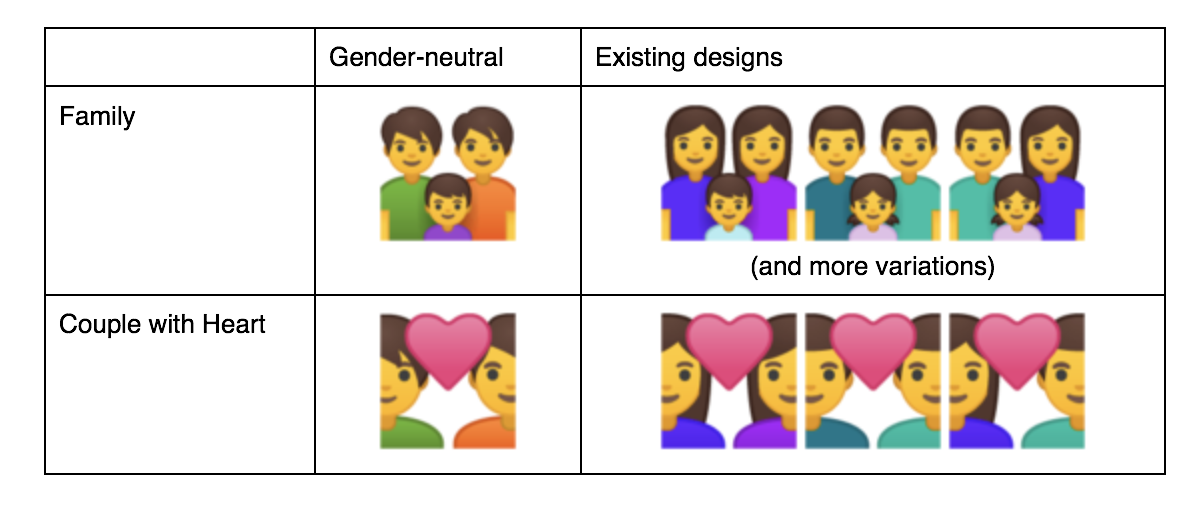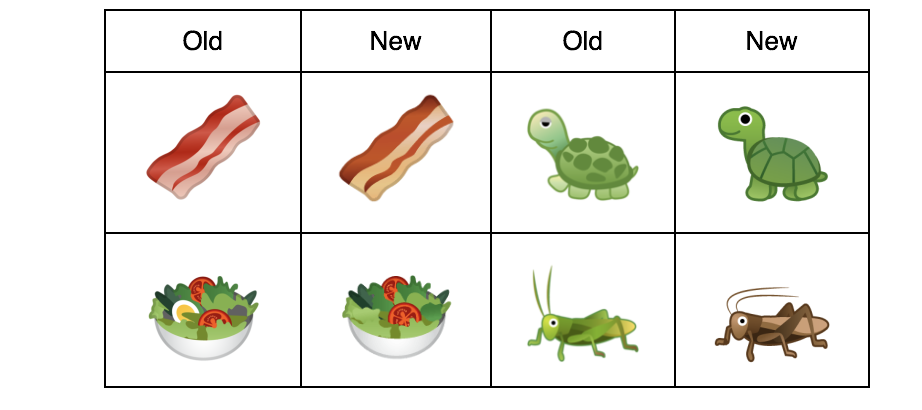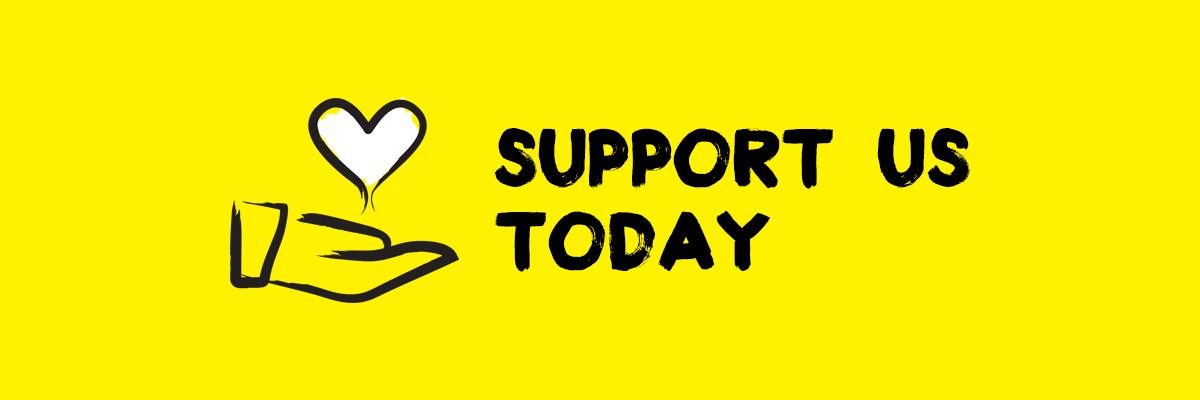Music
Trailers
DailyVideos
India
Pakistan
Afghanistan
Bangladesh
Srilanka
Nepal
Thailand
Iraq
Iran
Russia
Brazil
StockMarket
Business
CryptoCurrency
Technology
Startup
Trending Videos
Coupons
Football
Search
Download App in Playstore
Download App
Best Collections
Technology
A month after releasing the first beta version of Android P at I/O (and right in the middle of Appleown developers conference), Google has just released Beta 2 of its upcoming mobile operating system. The update is available to users enrolled in Googledeveloper program, who have access to a Pixel device. Those who&ve already downloaded Beta 1 will get the new version automatically.
The latest build features new system images and tools designed to help developers create apps for the upcoming version of the mobile operating system. Adaptive Battery is on-board here, leveraging DeepMind to decide which apps should get the most system resources. App Actions helps developers make their apps more prominent in places like Search, the Google Assistant and the Google Launcher, while Slices provides a way to offer elements of an app without having to open it up.

Also of note is the addition of 157 new emojis. The list includes two gender neutral emojis, offeringadditional options for the Family and Couple With Heart emojis, joining last yearaddition of a gender-neutral Adult emoji.

Therea Red Hair and Superhero emoji, both of which are available in two genders and five skin tones, a bagel with cream cheese, a llama and a lobster. Sounds like a fun crew.

A handful of existing emojis have also gotten a facelift here, including Bacon, Turtle, Cricket and Salad, which drops the egg to go full-on vegan. Google notes that the new emojis may be further updated prior to Android Pfinal release.
More information on the updates for devs can be found here.
- Details
- Category: Technology
Read more: Android P Beta 2 brings updated system images and 157 new emojis
Write comment (97 Comments)Welcome back to CTRL+T, the TechCrunch podcast where Megan Rose Dickey and I talk about the stories we want to talk about and figure out what they mean in relation to life.
This week is Apple big developer conference, creatively called Worldwide Developers Conference (or WWDC), and TechCrunch was there. Each year the company showcases the things developers will be able to do in upcoming versions of Applevarious operating systems (iOS, macOS, tvOS and watchOS). While there were a bunch of features that didn&t really elicit much excitement from either of us, there was one in particular that we are quite looking forward to: Memoji. We talk about it all and what messaging in general means out there in that big bad world of ours.
Also this week, Kanye Westmade his latest album, ye, available on platforms other than Tidal, which is a departure from what he did for the release of his 2016 release,Pablo.We talked about that for a second. Because these days you can&t have a conversation about the rapper without getting into his recent comments about American slavery having been a choice. So we did that.
Click play on the little player below or, better yet, subscribe onApple Podcasts,Stitcher,Overcast,CastBoxor whatever other podcast platform you can find.
- Details
- Category: Technology
Read more: CTRL+T podcast: That time we talked about Apple, Kanye West and slavery
Write comment (98 Comments)Twenty months after launching its Craigslist competitor, Marketplace, and relentlessly promoting it with placement in the main navigation bar, Facebook will start earning money off its classifieds section. Facebook today begins testing Marketplace ads in the U.S. that let average users pay to &Boost& their listing to more people through the News Feed. While they&re easy for novices, requiring buyers to only set a budget and how long the ads will run, there are no additional targeting options beyond being shown to age 18+ users in nearby ZIP codes.
Meanwhile, yesterday Facebook announced that itlaunching product ads from businesses that appear within Marketplace. After quietly opening in the U.S. in January and testing in Canada in May, Marketplace ads are now official, and can be bought in those two countries plus New Zealand and Australia. Businesses can extend their existing News Feed, video, Instagram, Messenger and other ad campaigns to Marketplace, and more types of objective-based campaigns will open to the classifieds section soon.
Facebook lets brands show ads within Marketplace
The Boost ads could be a big help if you need to rapidly liquidate your furniture before moving out, or if you&re trying to sell something big at a high price, like Marketplacenew car, housing, jobs and home services offerings. Yet they seem inefficient, since the lack of targeting means your listing for menjewelry might show up to women, or your rock climbing gear ads could show up to senior citizens.
Facebooknew Boost ads let average users pay to show their Marketplace listings to more people
But Facebook does tell me that ads will be auto-optimized for clicks, so when people start to click your ads, Facebook will show them to people of similar demographics. It will also immediately pause your ad campaign if you mark your item as sold. Boost ads get entered in alongside traditional bids in Facebookauction system, which then display what it predicts will be the most appealing ads.
&Many Marketplace sellers have told us that they want the ability to show a listing to more people in their local area, especially if they&re trying to sell it quickly,& Facebook product managerHarshit Agarwal tells TechCrunch. &We&re starting to test a simple way for sellers to boost their listings and help them find a buyer.& For comparison, Craigslist doesn&t run any ads, but charges sellers $5 to $10 for certain product listings for cars and brokered apartments.
One interesting quirk is that Facebook says it won&t allow boosting of listings of political products such as a Bernie Sanders for President t-shirt, as its political advertiser verification and labeling system only works with Pages and not individuals right now.
The Boost ads will only appear to a small percentage of U.S. users and Facebook says ittoo early to know if it will roll them out further. But as the company seems bent on swallowing up every other essential part of the internet, anything that makes Marketplace more useful to sellers and lucrative for the tech giant seems like a good bet for an official launch.
Together, the two formats could unlock new revenue streams for Facebook at a time when itstarting to run out of ad inventory in the News Feed. The company either needs to open new surfaces like Marketplace to ads, or get people and businesses to pay more to fill its dwindling feed space if it wants to keep Wall Street happy.
- Details
- Category: Technology
Read more: Facebook finally monetizes Marketplace with ads from users and brands
Write comment (93 Comments)On June 6th, 2014 Kubernetes was released for the first time. At the time, nobody could have predicted that 4 years later that the project would become a de facto standard for container orchestration or that the biggest tech companies in the world would be backing it. That would come later.
If you think back to June 2014, containerization was just beginning to take off thanks to Docker, which was popularizing the concept with developers, but being so early there was no standard way to manage those containers.
Google had been using containers as a way to deliver applications for years and ran a tool called Borg to handle orchestration. Itcalled an orchestrator because much like a conductor of an orchestra, it decides when a container is launched and when it shuts down once itcompleted its job.
At the time, two Google engineers, Craig McLuckie and Joe Beda, who would later go on to start Heptio, were looking at developing an orchestration tool like Borg for companies that might not have the depth of engineering talent of Google to make it work. They wanted to spread this idea of how they develop distributed applications to other developers.
Hello world
Before that first version hit the streets, what would become Kubernetes developed out of a need for an orchestration layer that Beda and McLuckie had been considering for a long time. They were both involved in bringing Google Compute Engine, GoogleInfrastructure as a Service offering, to market, but they felt like there was something missing in the tooling that would fill in the gaps between infrastructure and platform service offerings.
&We had long thought about trying to find a way to bring a sort of a more progressive orchestrated way of running applications in production. Just based on our own experiences with Google Compute Engine, we got to see firsthand some of the challenges that the enterprise faced in moving workloads to the cloud,& McLuckie explained.
He said that they also understood some of the limitations associated with virtual machine-based workloads and they were thinking about tooling to help with all of that. &And so we came up the idea to start a new project, which ultimately became Kubernetes.&
Letopen source it
When Google began developing Kubernetes in March 2014, it wanted nothing less than to bring container orchestration to the masses. It was a big goal and McLuckie, Beda and teammate Brendan Burns believed the only way to get there was to open source the technology and build a community around it. As it turns out, they were spot on with that assessment, but couldn&t have been 100 percent certain at the time. Nobody could have.
Photo: Cloud Native Computing Foudation
&If you look at the history, we made the decision to open source Kubernetes and make it a community-oriented project much sooner than conventional wisdom would dictate and focus on really building a community in an open and engaged fashion. And that really paid dividends as Kubernetes has accelerated and effectively become the standard for container orchestration,& McLuckie said.
The next thing they did was to create the Cloud Native Computing Foundation (CNCF) as an umbrella organization for the project. If you think about it, this project could have gone in several directions, as current CNCF director Dan Kohn described in a recent interview.
Going cloud native
Kohn said Kubernetes was unique in a couple of ways. First of all, it was based on existing technology developed over many years at Google. &Even though Kubernetes code was new, the concepts and engineering and know-how behind it was based on 15 years at Google building Borg (And a Borg replacement called Omega that failed),& Kohn said. The other thing was that Kubernetes was designed from the beginning to be open sourced.
Photo: Swapnil Bhartiya on Flickr. Used under CC by SA 2.0 license
He pointed out that Google could have gone in a few directions with Kubernetes. It could have created a commercial product and sold it through Google Cloud. It could have open sourced it, but had a strong central lead as they did with Go. They could have gone to the Linux Foundation and said they wanted to create a stand-alone Kubernetes Foundation. But they didn&t do any of these things.
McLuckie says they decided to something entirely different and place it under the auspices of the Linux Foundation, but not as Kubernetes project. Instead they wanted to create a new framework for cloud native computing itself and the CNCF was born. &The CNCF is a really important staging ground, not just for Kubernetes, but for the technologies that needed to come together to really complete the narrative, to make Kubernetes a much more comprehensive framework,& McLuckie explained.
Getting everyone going in the same direction
Over the last few years, we have watched as Kubernetes has grown into a container orchestration standard. Last summer in quick succession a slew of major enterprise players joined CNCF asAWS,Oracle,Microsoft,VMware and Pivotalall joined. They came together with Red Hat, Intel, IBM Cisco and others who were already members.
Cloud Native Computing Foundation Platinum members
Each these players no doubt wanted to control the orchestration layer, but they saw Kubernetes gaining momentum so rapidly, they had little choice but to go along. Kohn jokes that having all these big name players on board is like herding cats, but bringing in them in has been the goal all along. He said it just happened much faster than he thought it would.
In a recent interview with TechCrunch, David Aronchick, who runs the open source Kubeflow Kubernetes machine learning project at Google, was running Kubernetes in the early days. He is shocked by how quickly it has grown. &I couldn&t have predicted it would be like this. I joined in January, 2015 and took on project management for Google Kubernetes. I was stunned at the pent up demand for this kind of thing,& he told TechCrunch.
As it has grown, it has become readily apparent that McLuckie was right about building that cloud native framework instead of a stand-alone Kubernetes foundation. Today there are dozens of adjacent projects and the organization is thriving.
Nobody is more blown away by this than McLuckie himself who says seeing Kubernetes hit these various milestones since its initial release has been amazing for him and his team to watch. &Itjust been a series of these wonderful kind of moments as Kubernetes has gained a head of steam, and itbeen so much fun to see the community really rally around it.&
- Details
- Category: Technology
Read more: Four years after its release, Kubernetes has come a long way
Write comment (95 Comments)Bumble founder and CEO Whitney Wolfe Herd has always done things her own way.
Whether itstanding up for her political beliefs, building a company with fully outsourced engineers or avoiding the usual startup fundraising runaround, Wolfe Herd follows her own instincts in building a business. Which is why we&re super excited to announce that Whitney Wolfe Herd will join us at TC Disrupt SF 2018.
Wolfe Herd first came on the scene as a co-founder and VP of Marketing at Tinder, where she helped grow the dating app into one of the worldbiggest dating platforms. But after a lawsuit over sexual harassment and discrimination, which was settled out of court, Wolfe Herd left the company to build an app focused on compliments and positive affirmations.
Originally, she wanted nothing to do with the dating space. But after meeting Andrey Adreev, Badoo founder and Bumblemajority stakeholder, she realized that giving women a voice in digital dating could be revolutionary. And so, Bumble was born in 2014.
The app has grown to 30 million users, and continues to grow in popularity based on a simple premise: women make the first move.
But Wolfe Herdambitions don&t stop at dating. The 28-year-old founder has added new verticals to the app, letting users find friends and make professional connections via Bumble.
And all the while, Bumblecap table has never changed, with Wolfe Herd20 percent stake as yet undiluted. Wolfe Herd was named one of Time 100most influential people this year, and has herself become a brand that represents authenticity and self-empowerment.
We can&t wait to talk to Wolfe Herd at Disrupt SF 2018. You can buy tickets to the show here.
- Details
- Category: Technology
Read more: Bumble CEO Whitney Wolfe Herd is coming to Disrupt SF
Write comment (100 Comments)Today, at a special event in San Francisco, Sonos announced a compact home theater smart speaker, the Sonos Beam.
The cheaper $399 device boasts a much smaller footprint than its previous home theater products; the company says Beam is60 percent smaller and 28 percent shorter than the Playbase.The speaker is available for pre-order starting today.
The companynew home theater product will support Amazon Alexa controls at launch, alongside Airplay 2 connectivity, which will arrive in July. The product will be set up to gain support from other voice assistants in the future, the company says. You&ll be able to perform tasks like turning on the TV and changing the devicevolume; with FireTV support you&ll be able to query Alexa to direct you to specific movies and shows.
&We believe that people want a better way to listen,& said CEO Patrick Spence onstage at the event.
The product launch is an important one for Sonos, which is still seeking to expand its footprint in home audio products. In April, The Wall Street Journal reported that Sonos had filed confidentially for an IPO that could take place as early as this summer.
While the Santa Barbara company was the incumbent disruptor of the stodgy whole-room audio systems of the past, deep-pocketed tech giants like Google and Apple have invested heavily in audio streaming hardware and APIs. Sonos has found itself having to compete in a home audio market that is increasingly becoming more about the embedded AI tech of virtual assistants.
Apple$349 HomePod is just the latest competitor to prioritize more intelligent music playback; meanwhile there are dozens of speakers with AmazonAlexa and the Google Assistant. Last year, Sonos added Alexa functionality to its new product, its Sonos One speaker, which is also set to pick up support in July for Applenew Airplay 2 alongside the Playbase, Play:5 and the new Beam.
- Details
- Category: Technology
Read more: Sonos announces the $399 Beam, a cheaper home theater smart speaker
Write comment (93 Comments)Page 5144 of 5614

 20
20





